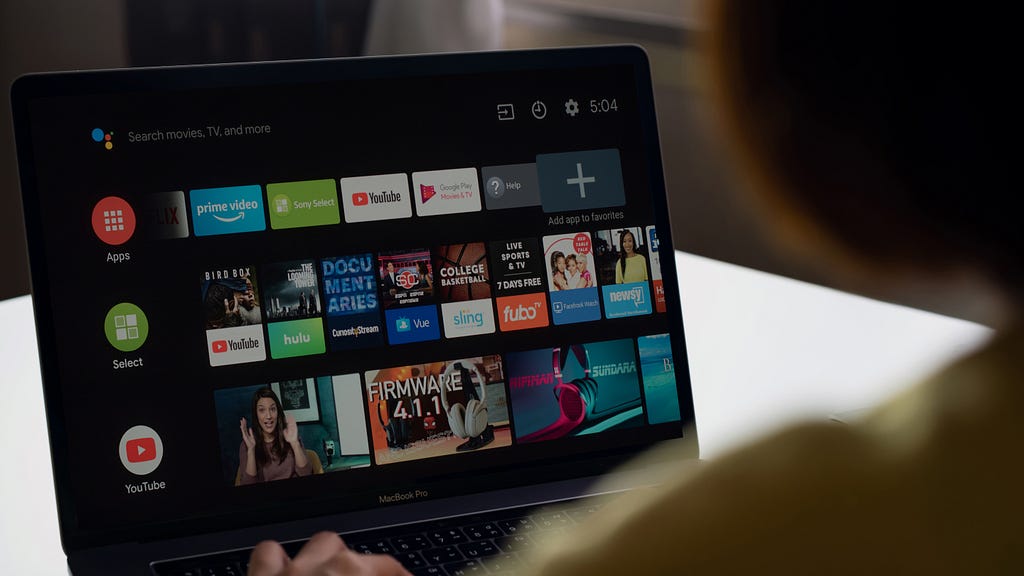
Artificial Intelligence has gone from the pages of science fiction to “all around you” like Dolby Surround Sound rather menacingly informs you at the start of every movie. Conversations that might have sounded ridiculous even five or ten years ago are commonplace now. The days of associating AI with humanoid Asimov-type robots are over: from healthcare to shopping to finance, AI is everywhere.
Conversational AI has quietly changed the game for customer service and what companies can achieve with digital interfaces. Chatbots are ubiquitous — in banking, online shopping, food delivery — but we don’t necessarily register their presence. The idea, after all, with these intelligent robotic helpers, is that they should make the experience as natural as possible. With advancements in Machine Learning, Natural Language Processing, and advanced Text-to-Speech, we should be able to achieve conversation so natural, so smooth, that we don’t miss human customer service agents.

It is an exciting time for AI in the media and entertainment space. Virtual reality is pushing the boundaries of world-building and immersive gaming experiences. A few years ago, IBM’s Watson stitched together the movie trailer for the horror movie Morgan, the first to be entirely created by AI. Now, Netflix changes its thumbnails to cater to each viewer, refining what is displayed based on the content being consumed. Like romance? You’ll most likely see couples laughing or looking at each other. Prefer action? You’ll see fighting or a character in action, running or jumping. Individual hero’s journeys? Noble, solitary figures. Heartwarming dramas? Families laughing together.
But while the algorithms of streaming giants like Netflix and Hulu are advanced and always evolving, they are rather blinkered. In attempting to “predict the unpredictable” — people’s preferences — they rely overwhelmingly on the history of what people have consumed, i.e., on past watches. Overly preoccupied in this way with analyzing past behavior, they keep returning similar predictions. People, though, have diverse preferences and varying moods. They don’t always want to consume the same kind of content and don’t always like the same genre or the same content creators. They tire of being offered the same fare over and over.

Imagine this: on a quiet Saturday evening, you sit down with your partner to watch a movie or a good TV show. It’s been a hectic week, and you look forward to kicking back with your loved one. But after what feels like hours of back and forth, despite your multiple subscriptions and the veritable cornucopia on offer, you still haven’t been able to pick one that you’re both in the mood to watch. Eventually, you just give up and pick something you’ve already watched a thousand times.
Sounds familiar, doesn’t it?
Somehow, with unprecedented access to content in this “golden age of television” and streaming services, ‘what to watch’ has become a common conundrum. In Disney’s Jungle Book, the vultures with their Beatle-like mops of hair spend a few minutes volleying whatcha wanna dos and I don’t know, whatcha wanna dos back-and-forth.
Today that conversation runs something like this:
“What do you wanna watch?”
“I don’t know, what do you wanna watch?”
The good news is that with advancements in Deep Learning and Cognitive AI, and rich media chat platforms, perceptive bots capable of picking up context cues and learning from conversation can now help you figure out what to watch (What are you in the mood for?). We now have the capability to develop an affable, intelligent bot with the sophistication and adaptability to help you narrow down your broad preferences.

If all you have is a vague preference for something funny, for instance, you can type in ‘funny movie.’ Our helpful bot will return a large variety of movies that can be classified as funny, ranging from mildly humorous to laugh-out-loud hilarious, from slapstick and romantic comedies to subtle black comedy and political satire. You’ll be able to peruse this wide selection and decide what appeals to you in the moment. Suppose that you decide you’d rather watch something a little dumb in the moment that doesn’t require too much thought; you can go ahead and type in, “slapstick.”
Our bot will return an assortment of slapstick from Chaplin-era classics like Modern Times to Jim Carrey’s unique brand of physical comedy and Nancy Meyer’s romantic comedies.
That’s it, you think. I’m in the mood for a nice, light Nancy Meyer movie.
You tell the bot “Nancy Meyer movies,” select one that looks good, and, happily, your usual conundrum is solved in just a couple of minutes.
Of course, the bot is capable of much more. It holds repositories in multiple languages and can show you a selection from more than one language if you are multi-lingual. It can show you recommendations and suggestions based on past choices, switch languages if you don’t prefer English, ask for clarification if it’s not sure what you’re looking for and learn from experience. It can grow with feedback, picking up vocabulary and understanding a larger number of requests every day, making and storing new connections, and constantly analyzing trends and conversation flows.

And the bot has a persona of its own! She’s a movie buff– err, bot– herself! She will quote dialogues to you, tease you a little and suggest that you try this particular fan favorite. If you can’t find what you’re looking for, she’ll suggest an alternative. She’ll even ask if you want to check out any of these movies that have been generating buzz, or if you want to give one of these Oscar contenders a shot. And she’ll try to broaden your horizons by suggesting different genres, edgy and experimental TV, and avant-garde movies. Like any good librarian, she’s not only here to help you find something that you’ll enjoy; she’s here to help you find something you didn’t even know you’d enjoy.
Originally published at www.popcornapps.com on September 12, 2019.
www.popcornapps.com/blog/transforming-media-and-entertainment-with-ai
Transforming what’s possible in Media & Entertainment with AI was originally published in Chatbots Magazine on Medium, where people are continuing the conversation by highlighting and responding to this story.

